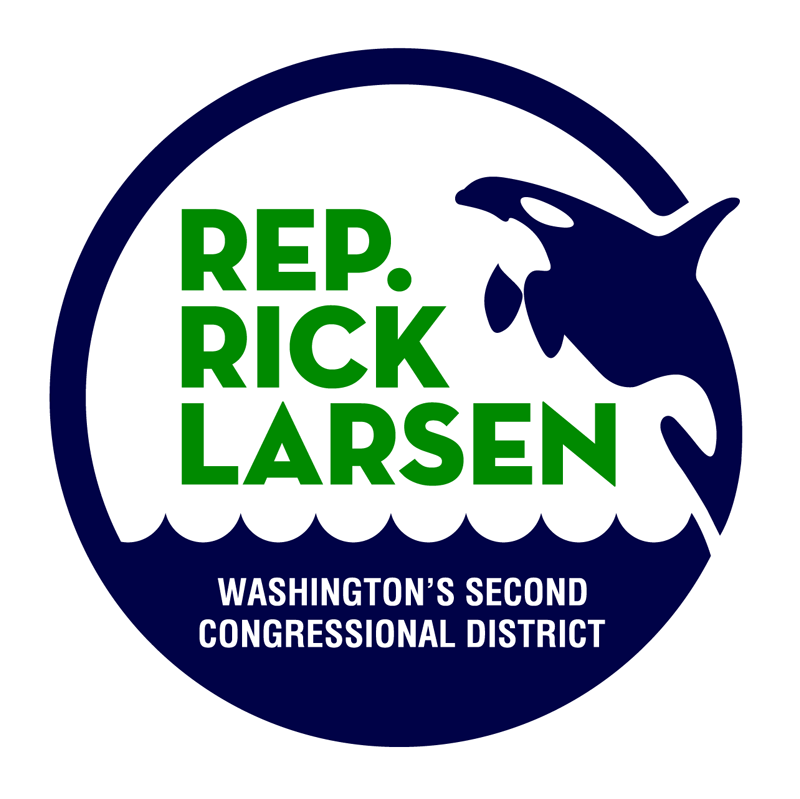Press Releases
Following I-5 Bridge Collapse, Larsen Calls on Congress to Invest in Transportation
Washington, DC,
June 11, 2013
Rep. Rick Larsen, WA-02, took to the floor of the House of Representatives today to urge his colleagues to invest in transportation infrastructure following the May 23 collapse of the Interstate 5 bridge spanning the Skagit River. Larsen, a member of the House Transportation and Infrastructure Committee, said Congress must invest in our roads bridges and highways because “we can’t keep waiting until they crumble into the water below.” The video and full text of Larsen’s floor speech follows: Mr. Speaker: A couple weeks ago, Dan and Sally Sligh packed up their camper and headed out on Interstate-5 on the way to their favorite campsite in Northwest Washington state. While crossing a bridge over the Skagit River they had safely crossed many times before, a large truck ahead of them clipped the frame of the bridge above. Without warning, and without time to react, the pavement under Dan’s pickup fell from under them. Next, Dan said, “It was just a white flash and cold water.” Like thousands of constituents, I myself have driven across that bridge hundreds of times. But now, today no cars are crossing it. Recovery workers have been hard at work pulling pieces of that bridge, along with Dan’s pickup, from the flowing waters of the Skagit River, and quickly building a replacement span. The fact that no one died in this collapse is a blessing. But not all have been so lucky. My colleagues will remember in 2007 when a bridge spanning the Mississippi River in Minneapolis crashed down during rush hour, killing 13 people and injuring another 145. Today I want to ask my colleagues a simple question: should not Americans be able to drive across a highway bridge with the reasonable expectation that it will not crumble away from underneath them? On Thursday this week the Senate Appropriations Transportation Subcommittee will hold a hearing on the Skagit River bridge collapse. I spoke this morning to the chairman of the National Transportation Safety Board about its investigation. I am eager to read their report on the incident. But what we already know about our aging infrastructure should be enough to make this Congress act. Sixty-seven thousand bridges in our country are rated structurally deficient. Sixty-seven thousand bridges. When those bridges fall, it isn’t just the unlucky few on those bridges who suffer. Whole economies that rely on safe and efficient transportation suffer. The I-5 bridge over the Skagit River doesn’t just connect Burlington and Mount Vernon. It connects the entire West Coast and carries millions of dollars’ worth of trade between Canada and the U.S. Today that trade is in stop-and-go traffic on local roads. But here’s the good news: We know how to build safe bridges. There are thousands of civil engineers devoting their lives today to building good structures that don’t fall down. But we need to pay for them. We need to maintain our bridges until they are old, and then we need to replace them. We can’t keep waiting until they crumble into the water below. President Obama wants to “fix it first” by spending $40 billion on highways, bridges, transit systems and airports that are most in need of repair. That’s a good start, and Congress should approve this funding. But if we’re really going to do something about our long-term transportation needs, this body, this Congress needs to get to work on a long-term transportation bill that doesn’t just patch our aging roads, but invests in an infrastructure that meets the needs of America’s 21st century economy. We can’t have a big league economy with a little league infrastructure. Now over Memorial Day more than 31 million Americans hit the roads. I ask my colleagues, were you among them? How many bridges did you drive over? How many were structurally deficient? If you think your constituents should be able to drive over a bridge without wondering whether it will crumble beneath them, then this Congress must act on a long-term transportation bill. It’s time to put our money where our safety is. |
